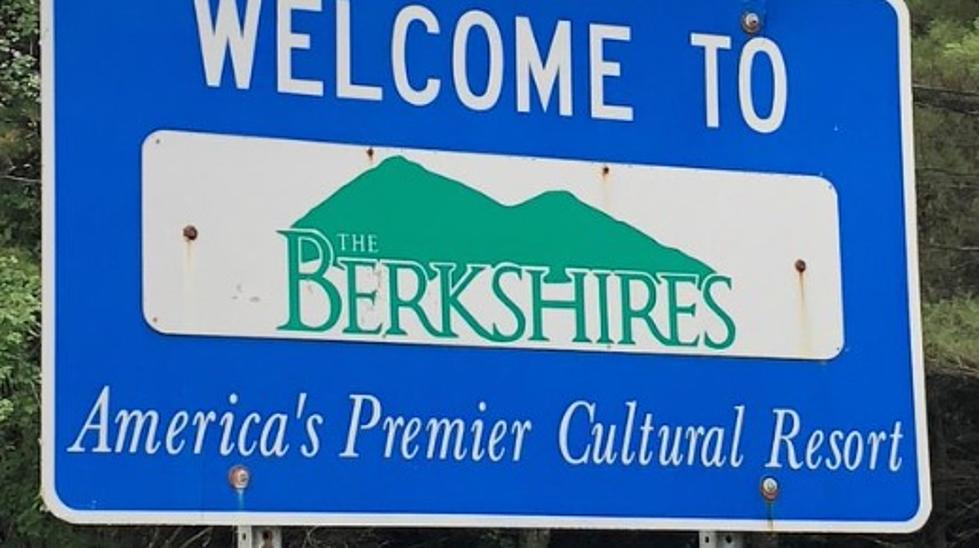
Dangerous Plant Found in the Berkshires, Officials Say (Photo)
It may look harmless, but conservation experts warn that if you see a giant hogweed plant; do not touch it under any circumstances.
The plant, which can grow up to 14 feet or more, was introduced to the United States in the early 20th century, according to the New York Department of Environmental Conservation. It can be found in New England, the Mid-Atlantic Region and the Northwest.
According to the Massachusetts Introduced Pests Outreach Project, the plant can be found in several cities and towns in Massachusetts, including a few here in the Berkshires -- Lee, Hinsdale, Peru and New Marlborough. If you have never seen a giant hogweed, here is a photo below, courtesy of the New York Department of Environmental Conservation.
Officials say that if you happen to make contact with the plant, you could head into some dangerous territory.
"Its sap, in combination with moisture and sunlight, can cause severe skin and eye irritation, painful blistering, permanent scarring and blindness," says the NYDEC website. "Contact between the skin and the sap of this plant occurs either through brushing against the bristles on the stem or breaking the stem or leaves."
MIPOP officials state on their website that "control efforts are in progress" for all Berkshire areas, while Hinsdale, in particular, has reported that the plant was found in "multiple sites."
NYDEC officials state that if you come in contact with a giant hogweed, treat it immediately.
"Immediately wash the affected area thoroughly with soap and water and keep the area away from sunlight for 48 hours," they say. "This plant poses a serious health threat; see your physician if you think you have been burned by giant hogweed. If you think you have giant hogweed on your property, do NOT touch it."
More From WNAW AM









